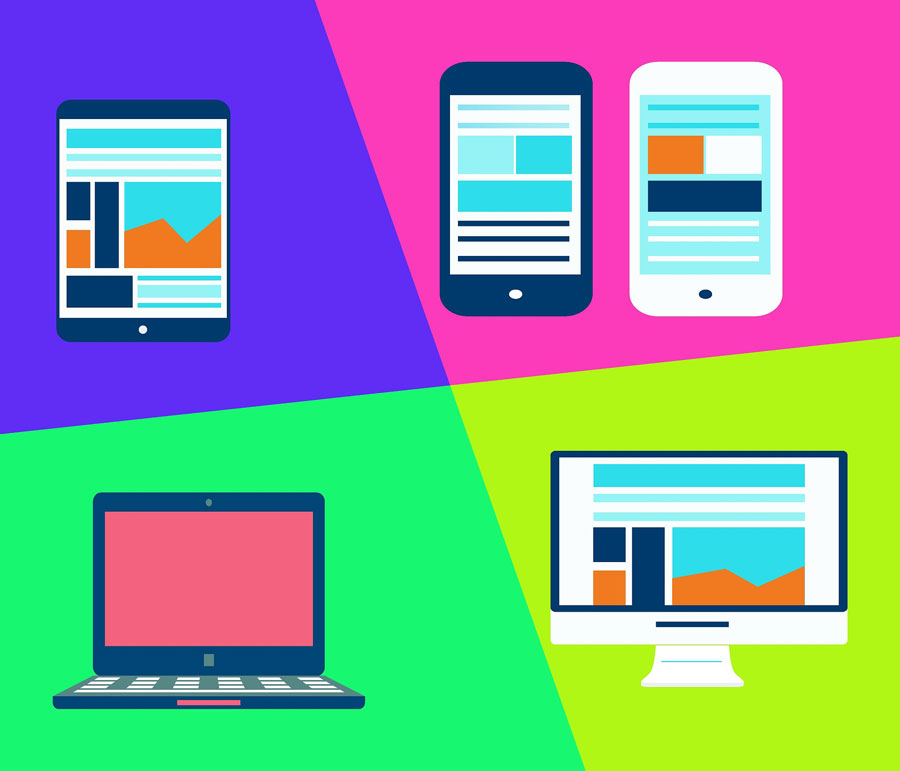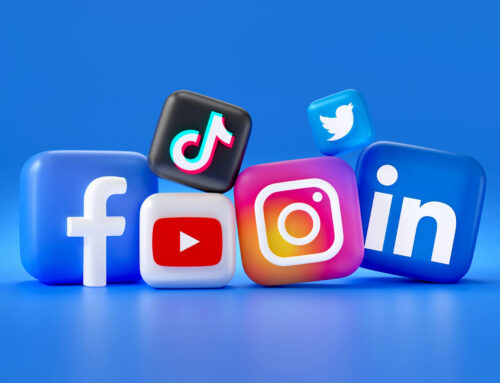A lot of work is needed to grab the attention of users effectively
With web design, there’s a lot of work needed to nail the content and the look and feel of the page, so that you’re able to grab the attention of users effectively. Website design companies in Dubai tend to keep an eye out for UI trends in order to implement them as soon as possible so that they gain a competitive edge. As technology advances, there’s an expectation that companies need to adapt quickly in order to provide a great user experience. Here are some of the biggest UI trends that you need to start implementing if you haven’t already.
Dark Mode
While darker themes (Dark Mode on many devices) have been around for a few years, it really only took off and made waves in 2019. One of the more notable companies to successfully launch a dark theme was Apple when they released the Mojave update for macOS. Soon after, they offered a dark mode functionality for iOS as well.
Dark themes grew in popularity in 2020. Many social media networks started implementing this feature too. Facebook, Instagram, YouTube and many more were quick to install updates that allowed users to switch from light mode to dark. While it may be visually pleasing, darker modes also help reduce eye strain, provided they have the right amount of contrast.
It’s unlikely that the trend will fade away any time soon. Many users around the world tend to prefer these darker themes.
Animated Illustrations
While illustrations, in general, have been in digital design for a while, it has evolved impressively over recent years. They add a natural and human feel to the overall user experience on websites. Animated illustrations are strong attention grabbers – they bring websites to life and make them stand out by adding extra, intricate details and flair to personalities.
Virtual Reality
2019 was a big year for virtual reality. There has been a lot of progress in terms of VR headsets in the gaming industry – an industry that tends to bring forward new technologies and innovation into digital design.
3D Design Elements
The popularity of the 3D design trend has increased in popularity in 2020 as AR and VR technologies have gained momentum. Combining both techniques in order to create realistic 3D elements will immerse the users in a whole new world. The trend of adding 3D design elements allows designers, both UI and UX, to make their websites look spectacular. These elements and visuals will encourage new users and customers to stay on the website for a longer period of time.
However, to successfully implement 3D graphics, there is a need for high UI website performance. If the website does not load fast or isn’t optimized well, it won’t support this heavy content, resulting in a laggy experience for your customers.
Fullscreen Smartphones
In 2020, many newer phones got rid of their bezels and rounded edges. This has changed interface design as designers need to use sharp-edged elements when designing the mobile interface and app design. With the iPhone, and many Android phones, getting rid of the buttons means more space for the displayed content. This could post a challenge to designers as navigation through websites relies heavily on gestures.
Storytelling
Everyone wants a good story! The ability to be able to tell exceptional stories through web design will continue to be popular. Copywriting has become a major element when trying to create a great user experience. The style of the writing needs to capture the users’ attention and engage with them so that they can relate to the story and become a customer. Typography will also play a crucial role in carrying the story forward. With good content and visually pleasing typography, users will feel compelled to actually take the time to read your story, rather than just skim through it.
Artificial Intelligence
Almost every product tries to make use of AI in 2020. As AI is able to collect large amounts of data, users will start to notice more personalized products catered to their own needs. Apps and websites will start to learn users’ habits and interests, in order to provide tailored content using machine learning – creating a better user experience overall. This could also lead to a higher conversion rate.
Responsive Colours
Brands have started adopting responsive colours onto their apps and websites in order to provide a better user experience. Facebook, Spotify and Dropbox are three examples of brands that have successfully integrated responsive colours, adopting a colour system that will take on the colour of its environment.
Asymmetrical Layouts
Making use of asymmetrical layouts allows for more creativity when designing websites as there are more opportunities. Successfully creating an asymmetrical layout will require lots of time and practice as you can’t simply place elements on a grid. It will take precision and attention to detail in order to nail the layout to make it look presentable, and not something that’s randomly thrown together for the sake of making it asymmetrical.





